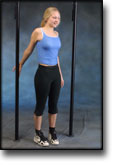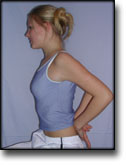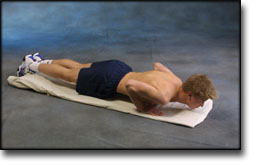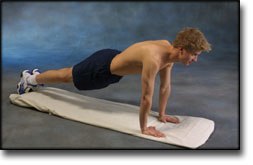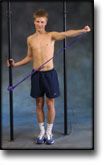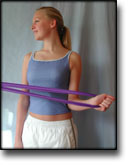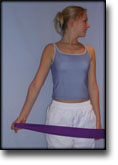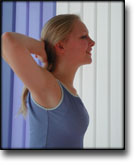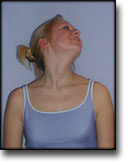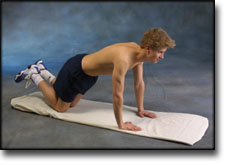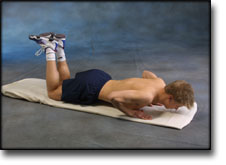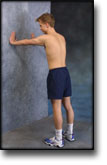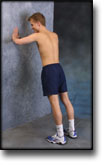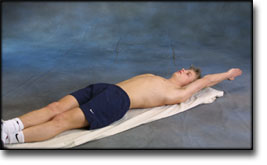|
Treatment of myofascial trigger-points with ultrasound combined with massage and exercise–a randomised controlled trial.
Gam AN, Warming S, Larsen LH, Jensen B, Hoydalsmo O, Allon I, Andersen B, Gotzsche NE, Petersen M, Mathiesen B. Pain 1998 Jul;77(1):73-9.
The effect of treatment with ultrasound, massage and exercises on myofascial trigger-points (MTrP) in the neck and shoulder was assessed in a randomised controlled trial. The outcome measures were pain at rest and on daily function (Visual Analogue Scale, VAS), analgesic usage, global preference and index of MTrP. Long-term effect for treatment and control groups was assessed after 6 months using a questionnaire. The patients were randomised to three groups. The first group was treated with ultrasound, massage and exercise (A), the second group with sham-ultrasound, massage and exercise (B), while the third group was a control group (C). The duration of the study was 6 weeks. Treatment was given twice a week from the second to the fifth week. The number and index of MTrPs were recorded at each treatment session in groups A and B but only at entry as well as end of study in group C. VAS and analgesic usage was recorded in all three groups throughout the study period. Six months after the last treatment session a questionnaire was send to the patients. A total of 67 patients were included. Nine patients dropped-out during the study, which left 58 patients that could be included in the final analysis. Twenty patients were randomised to group A, 18 to group B and 18 to group C. A significant reduction in index were found between treatment groups (A and B) and control group (C), but no difference between group A and B. VAS scores, analgesic usage or global preference showed no difference between group A, B or C. The patients in the group C were offered treatment (ultrasound, massage, exercise) after the 6 weeks treatment period. At the questionnaire after 6 month 44 (87%) of the 52 patients from all three groups who had treatment responded. Sixty-four percent answered that they had had good or some effects, 68 percent were still doing the exercise programme and 17 percent had received other forms of therapy after they had completed the study. No difference between groups given ultrasound or sham ultrasound were found. It is concluded that US give no pain reduction, but apparently massage and exercise reduces the number and intensity of MTrP. The impact of this reduction on neck and shoulder pain is weak.
|





